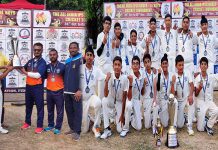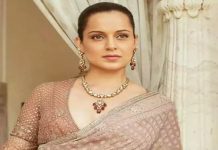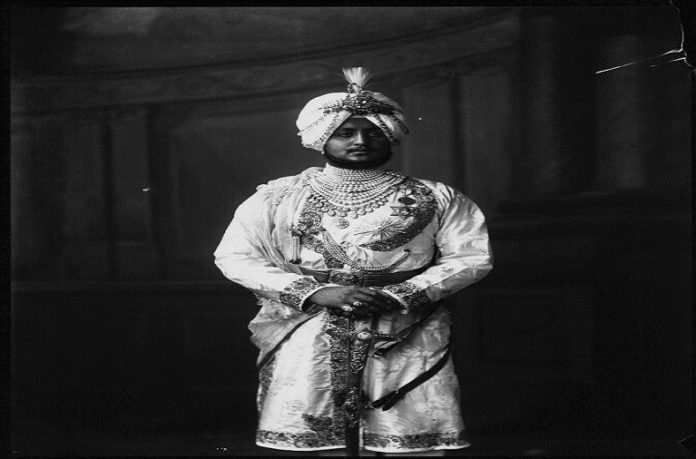
(Boney Bindra) The royal city of Patiala, is known for what we call a ‘cluster of things’, yet, three Ps, Pagg, Parandi and Pegg are somewhat a metaphors of this city.
While, as the pendulum of time swung, Patiala Parandies almost have vanished, but the other two Ps are making the city proud around the globe.

Even though both Ps are equally pungent, in this piece, we will be concentrating only on the Royal Turban of Patiala.
The turban which has become the emblem of this relatively smaller city of Malwa from past few centuries.
Pompously called as Patiala Shahi Pagg, this turban has again emerged as the style icon among the youth as the famous personalities of Punjabi music industry are starting to use this style again.
Written History
As far as the written history is concerned The Patiala Shahi Pagg first made its presence known under the Reign of Maharaja Rajinder Singh.

Maharaja was the person who decided its final eminent shape but, the turban gain fame worldwide because of Rajinder Singh’s son Maharaja Bhupinder Singh of Patiala.
Colors For Everyone
Distinctively, Rajinder Singh during his period of influence appointed colors to the Patiala Shahi turban according to different festivals of state.
The state color of the Turban was decided to be Lemon and light pink by Maharaja Rajindera Singh.
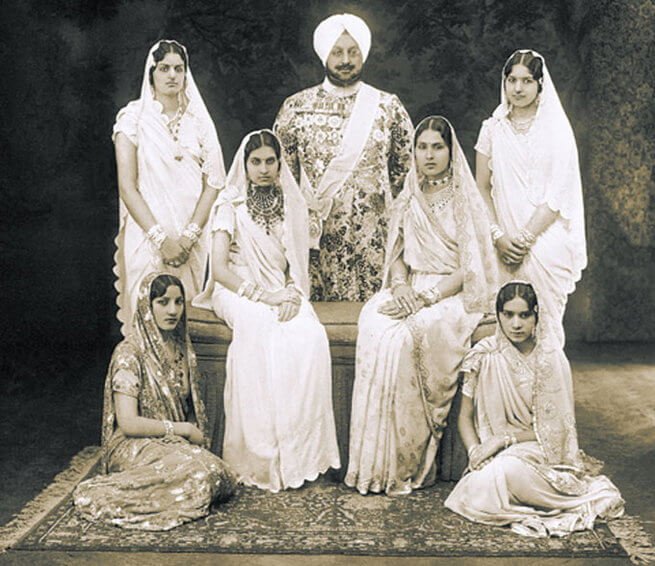
It is said that during those days the color of a man’s turban could indicate, what festival was going on in the state.
During the Festival of Dushehera pale pink color was worn similarly, dark green was appointed to mark the Muslim mourning of Moharram.
Although, the awesome tradition has fed away now but how cool it was Right? No? Forget it!
What About Post-Independence Maharajas?
In Moti Bagh Palace, arguably one of the biggest residential building, constructed by Maharaja Narendra Singh, ancient statues of many bureaucrats are also seen wearing Patiala Shahi Turbans.
Coming to the present state of affairs, the current generation of Patiala’s Royal family is carrying their rich tradition by tying Patiala Shahi Pagg as the symbol of greatest honor on their heads as well.

While Chief Minister of Punjab and Current head of Patiala Royal family, Captain Amarinder Singh ties his Patiala Shahi with a style matching to his handle bar moustaches.
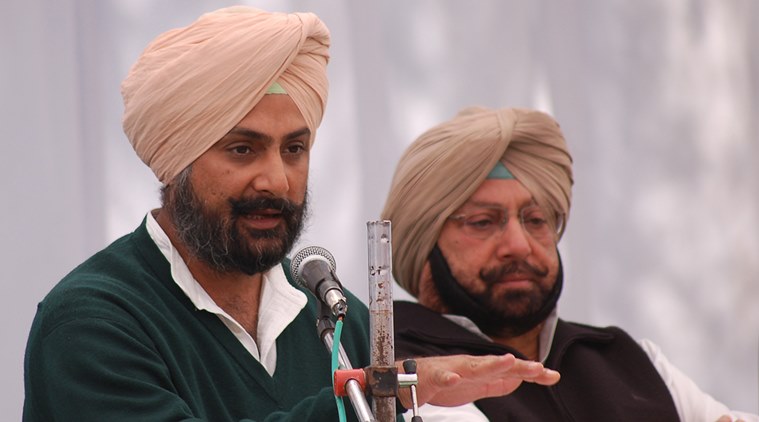
His son Raninder Singh ties it accordingly to his face structure, unlike his father who ties it in more of a rounder shape, Raninder Ties it more firmly, making it less rounded and rather pointed.
But, The Hisotry?
Conversely, the history books are telling a very different and shorter version of the story, Turban whiz Sargun Singh has something more deep to tell us about the history of Patiala Shahi Pagg, or as he calls it “Kharbuja Style” turban.

Sargun Singh who is a Sikh model and has been a turban-trainer since 2004, says that nucleus of the turban goes way back to Europe, where in France the Sikh regiment were representing them in World War I.
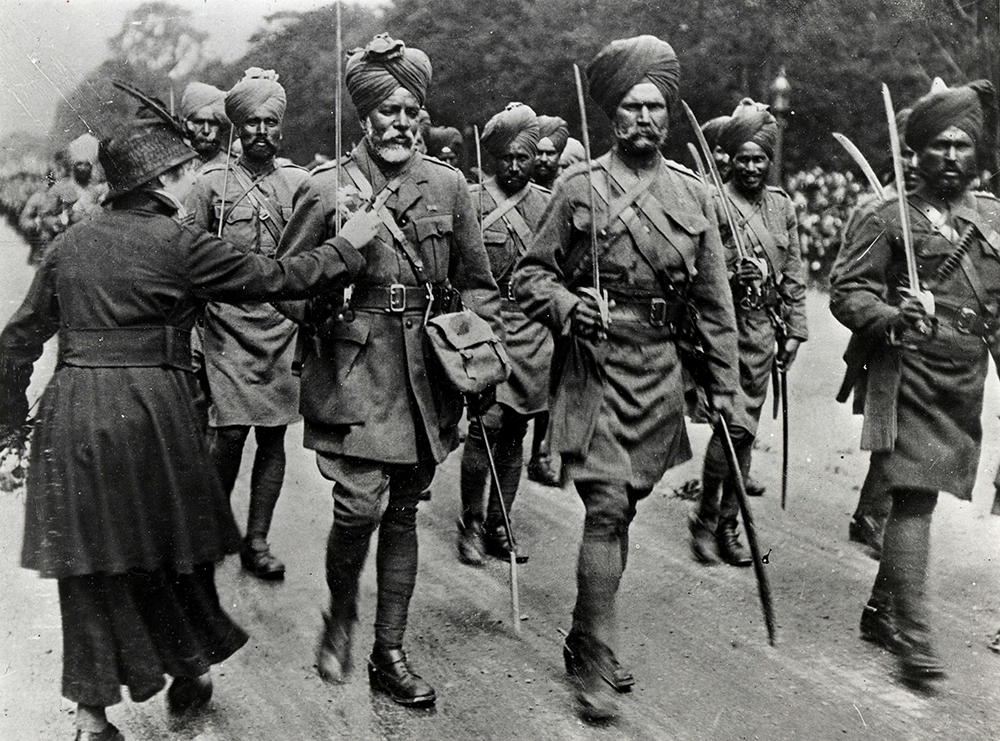
According to a famous folklore of the city, while at war in France, this Sikh regiment was fighting enormously well, they were good at all fronts except one.
Their traditional Turbans were not meant for the modern day fast wars; these turbans of theirs were too loose, so loose that one hit on them was sufficient to remove them and for a Sikh it was equal to get his head chopped off.

So, these Pati Dastars were introduced and gifted by the French to the Sikh regiment.
With the layers on both sides, downwards on the right side and upwards from the left side, these new turbans were easy to tie, more safe and tighter than the previous ones.
So, now the Sikh warriors were fighting without anything but turbans and courage on their heads.
Why The Name?
Pursuant to the tale, name Pati was given to the turban because of two reasons, First, it look literally like patti or bandage to protect the heads from any physical damages, two, these ready-to-use turbans were made of single cloth without any stitches.
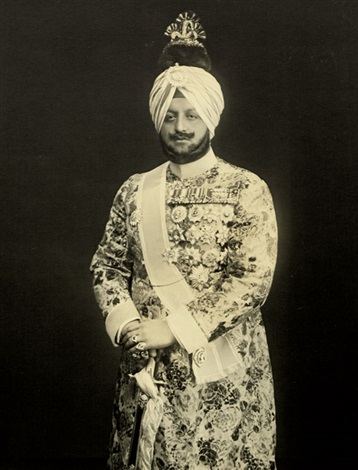
The whole head was covered now but, there was still a need to cover the hairs left in the front where the left and right side of the turban intercepts. Why? You may ask for two reasons basically, one, because the hair falling out of the turban could distract them, two, because it gives the turban firmer grip on the head which makes it more reliable in the battlefield.
Consequently the idea of ‘Fifty’ was developed, it is a 1 meter long cloth to wrap around the forehead, so the hair in the front can be covered.

The name ‘fifty’ was given because it completes the 50% of the process, tying a turban, remaining 50% was the task of tying the cloth around the head.
The Difference
Cloth used for these turbans was exceedingly thick in contrast to the one is in use these days. It was known as “Baski Cloth”.

Size too, was bigger, people used to wear turbans of 11, sometimes 12 meter of Baski cloth, reasonably bigger than what is in trend now.
Back in the time, it is believed that dyers were instructed solitary to use fruits to dye turbans, lemons, cherries, watermelons etc, unlike today where chemicals are the only source of coloring.
Renaissance
We are seeing renaissance of the Patiala Shahi Turban style, thanks to the change of trends in Punjabi entertainment industry.

Many celebs like Jaswinder Bhalla, Gurpreet Ghuggi, Pammi Bai etc are tying Patiala Shahi, which is encouraging youth to follow them to walk on the path their forefathers walked on.


